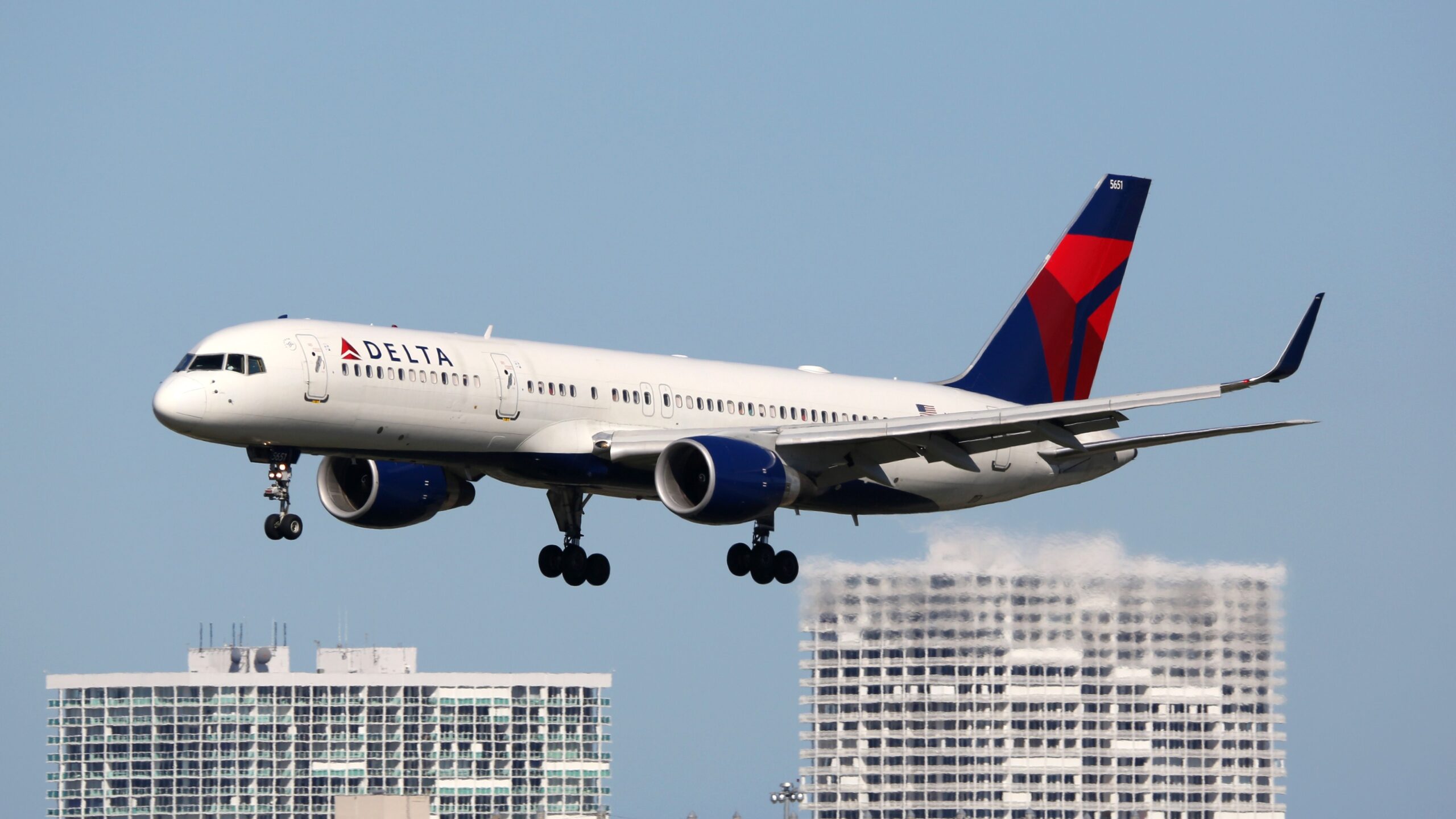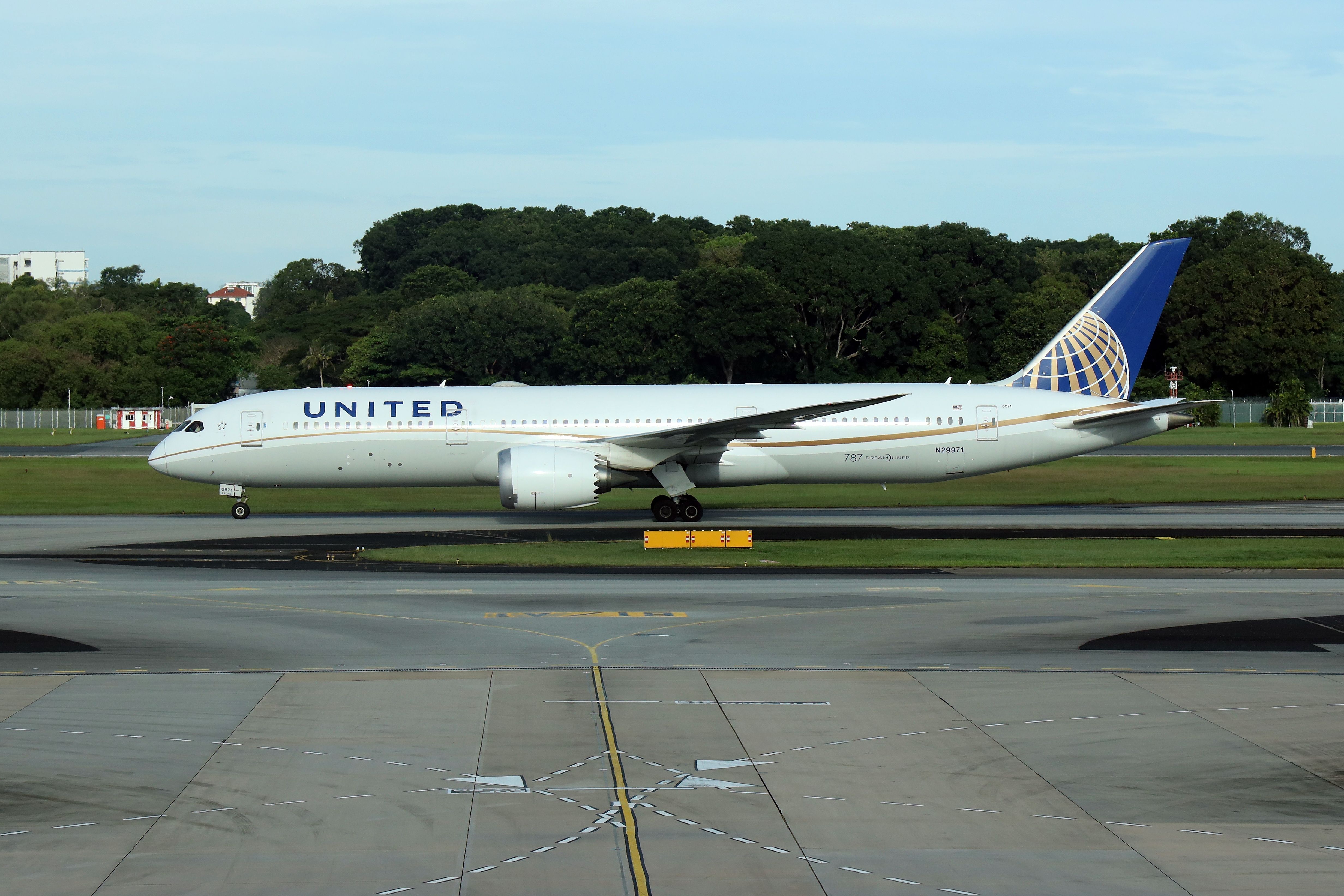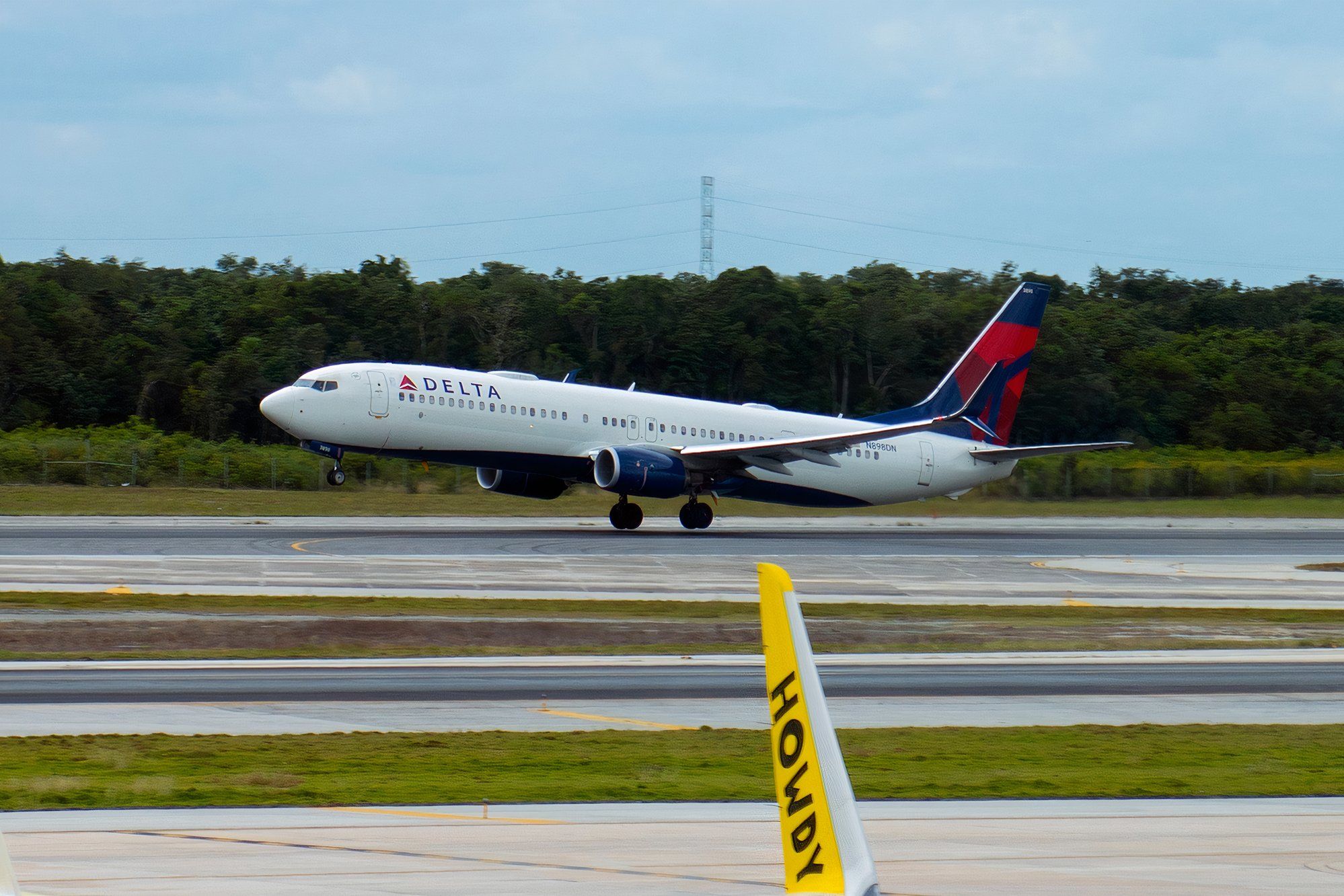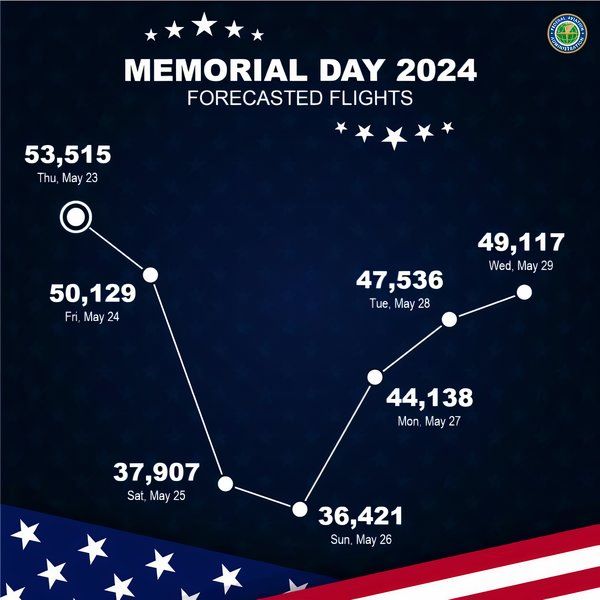Summary
- The FAA is preparing for the busiest summer travel season since 2010.
- Thunderstorms pose operational challenges, for which the FAA is installing new surveillance technology.
- Over 200,000 flights are expected over Memorial Day weekend.
The busiest part of the year for air travel in the United States, the summer travel season, is right around the corner, with Memorial Day Weekend, the period’s kick-off, just days away. The summer brings higher passenger numbers for carriers across the country and, along with it, a whole host of operational challenges.
While winter often brings the most delays, the summer travel season is not without its weather-related challenges. Thunderstorm systems can shut down airports across the country, and hurricane season comes into full bloom. With all these challenges to face, the Federal Aviation Administration (FAA) has been hard at work preparing for this busy travel period.
Photo: KITTIKUN YOKSAP | Shutterstock
The organization is tasked with ensuring the continued safety of passengers on their way to their destinations. Given the January Alaska Airlines 737 MAX incident, this administration is under far more scrutiny this year. The FAA says that it anticipates the largest number of flights in years.
Major challenges
According to the latest FAA statement, the organization has explored ways to help airlines avoid major delays caused by weather. While increased capacity and flight volume play an important role in causing delays, the weather is the biggest challenge that carriers face when it comes to getting their passengers to their destinations on time.
Photo: Wangkun Jia | Shutterstock
The FAA understands exactly why weather poses such a big challenge and why additional steps are necessary. In a statement, FAA Administrator Mike Whitaker had the following words to share:
“While we can’t control the weather – which is the number one reason for delays – we plan for and work around convective conditions. And to improve safety and enhance efficient operations on the runway, we are installing innovative new surface surveillance technologies at airports around the nation.”
In addition to these surveillance systems, the FAA is exploring new ways to mitigate the effects of severe weather systems. To alleviate heavy traffic up and down the Eastern seaboard, the organization is investigating the use of more efficient high-altitude routes.
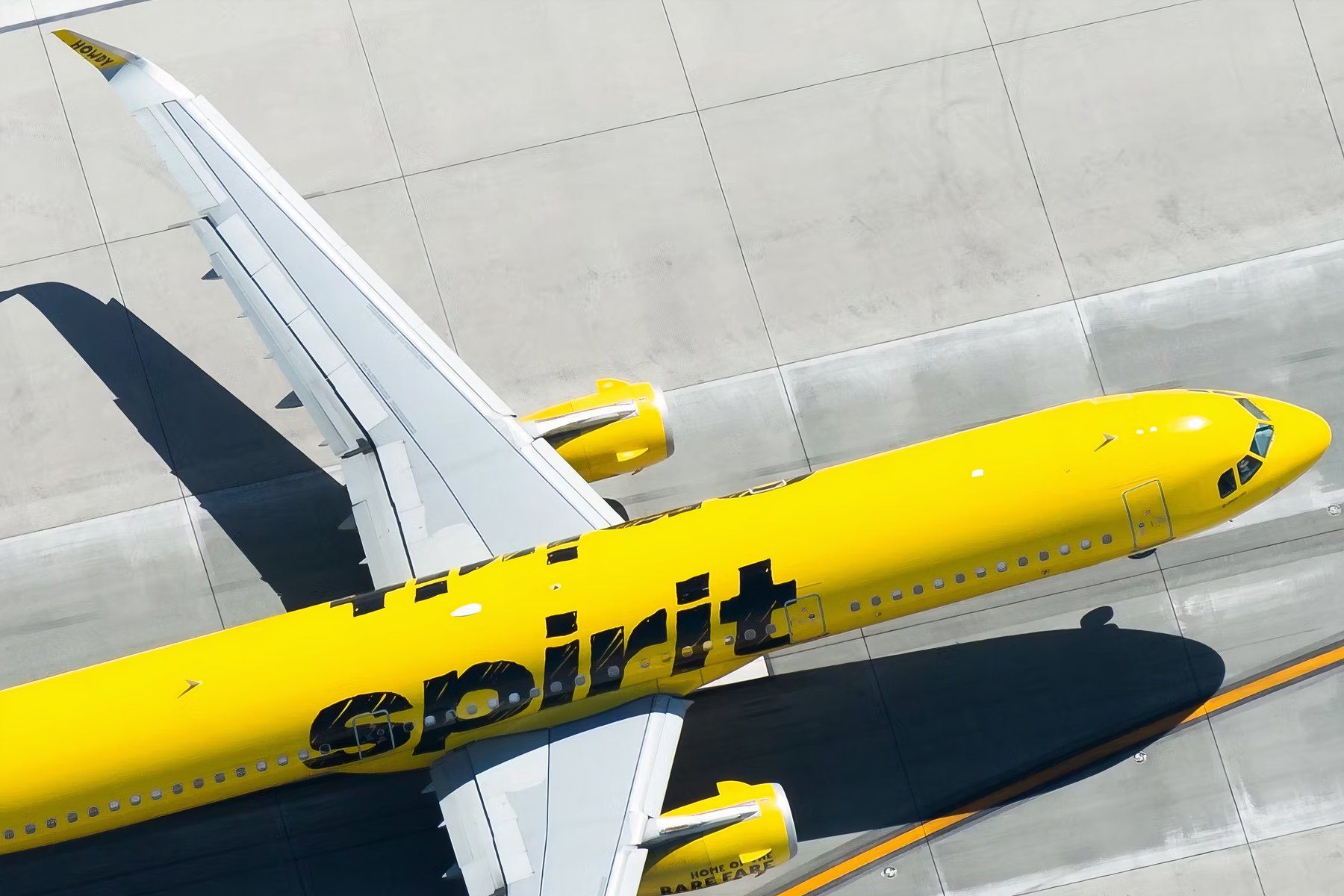
Related
Will The FAA’s New Junk Fees Rule Be The End Of Ultra Low Cost Carriers?
These airlines could be forced to shift tactics.
Furthermore, the FAA will also aim to collaborate with international air traffic control systems to ensure that flights across oceans move as efficiently as possible. Additional precautions will also be taken to ensure that commercial space operations (i.e., satellite launches) will not create more delays.
A busy upcoming weekend
The FAA is expecting this upcoming Memorial Day travel weekend to be the busiest since 2010, falling in line with a recent spike in air travel over recent years. The organization believes that this bodes strongly for an extremely busy summer travel season.
Photo: FAA
According to the administration’s data, both Thursday, May 23rd and Friday, May 24th, will be the busiest, each with over 50,000 flight operations. Over the entire weekend, over 200,000 flights will take place across the United States. In addition to the data provided in the FAA’s infographic, over 53,000 flights will take place on Wednesday, May 30th.
For those preparing to travel, the FAA has launched a new summer travel page that will provide essential passenger information. In its announcement, the organization also reminded passengers that it maintains a zero-tolerance policy on unruly passenger behavior.

